Shoulders!
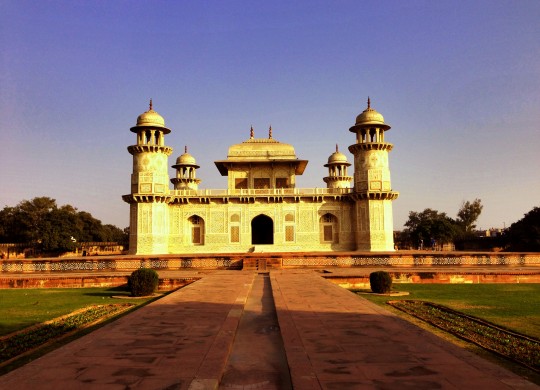
The tomb of I’timād-ud-Daulah is another gem in the city of Agra, India, home of the Taj Mahal.
This one is often called the “Baby Taj,” a prototype of the big gun.
It was completed in 1628, and is the transitional form, so to speak, between the Mughal Emperors’ earlier red sandstone constructions with marble decorations, and their later creations in white marble with decorative pietra dura inlays—the ornamental art that uses cut and fitted colored stones to create incredible images in the white marble.
Both the white marble construction and the pietra dura find their zenith and elegant realization in the Taj Mahal. But here is the model, the ancestor: the tomb of I’timād-ud-Daulah.
This mausoleum was commissioned and built by Nur Jahan, wife of the Mughal Emperor Jahangir, for her father Mirza Ghiyas Beg, an exiled Persian noble who quickly rose in the ranks of Mughal courtiers to become Prime Minister under Akbar and his son Jahangir. For his indispensable support, loyal service, and civic acumen, Beg was given the title “I’timād-ud-Daulah”—“pillar of the state.”
Not only was his daughter, Nur Jahan, married to Emperor Jahangir, his granddaughter (by a son) married Nur Jahan’s stepson to become the next emperor, Shah Jahan. And it was for this lady, Mumtaz Mahal, that that Shah Jahan built the Taj Mahal.
(I know. Convoluted. Life!)
The Empress Nur Jahan would probably have come here often to pay her respects to her dear departed. Perhaps Shah Jahan accompanied his step mother and observed not only her devotion, but the majesty of the tomb she had conceived.
The great statesman’s tomb is a striking progenitor of the Taj. Not only is it set on the banks of the R. Yamuna (like the Taj), it is also located in a serene Char Bagh, a quadrilateral garden divided by walkways (like the Taj). It was the first structure in Agra to be constructed entirely of white marble (like the Taj), while sitting on a red stone plinth (like the Taj). The pietra dura with multicolored precious and semi-precious stones is outstanding (like the Taj). Delicate marble lattices and fancy arches massage light so marvelously, it is a photographer’s dream (like the Taj). “Soothing solemnity” and “imperial grandeur” mark the edifice, one writer observed. I agree.
But, unlike the Taj, you don’t have to fight the thousands crowding to get in. It is peaceful and quiet. You can wander where you please without rousing the ire of security guards (unlike the Taj). And it is small, unlike the Taj. The “Baby Taj.”
All this to say, it is the precursor of the incredible magnificence that is the Taj Mahal.
Everything, it seems, comes off the shoulders of something else. Everyone, it appears, stands on the shoulders of someone else. Everyone is indebted. To someone. To many.
Even the Taj and Shah Jahan. To I’timād-ud-Daulah’s tomb and to Nur Jahan.
Even the genes we carry. Came from a few others. 2,046 people in just 10 generations, to be exact.
Legacies of families.
For I am mindful of the sincere faith within you,
which first dwelt in your grandmother Lois and your mother Eunice,
and I am sure that it is in you as well.
2 Timothy 1:5
Legacies of mentors.
The things which you have heard from me …
entrust these to faithful men
who will be able to teach others also.
2 Timothy 2:2
Therefore …
Remember those who led you,
who spoke the word of God to you;
and considering the result of their conduct,
imitate their faith.
Hebrews 13:7
We’re riding on shoulders!

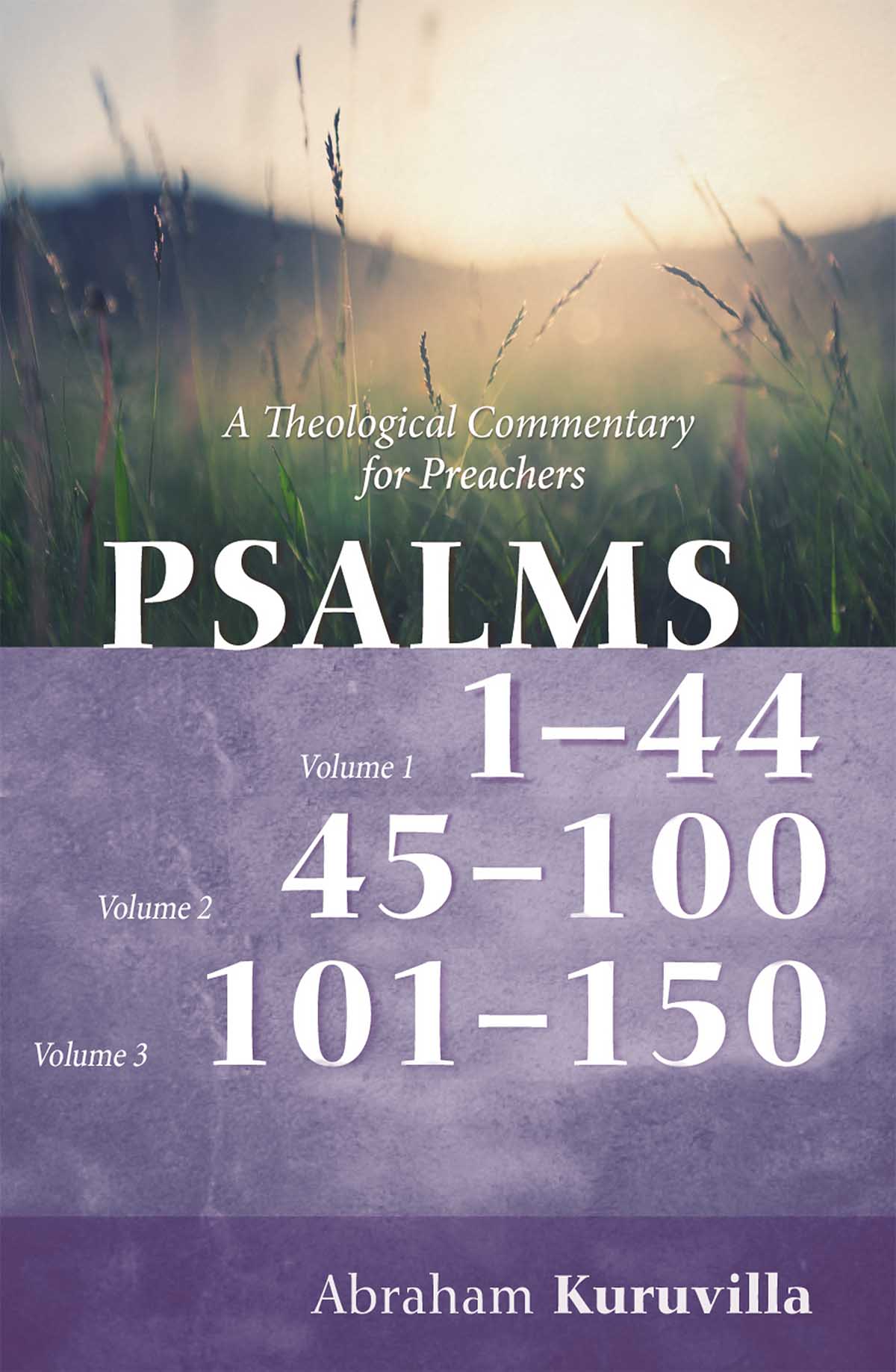
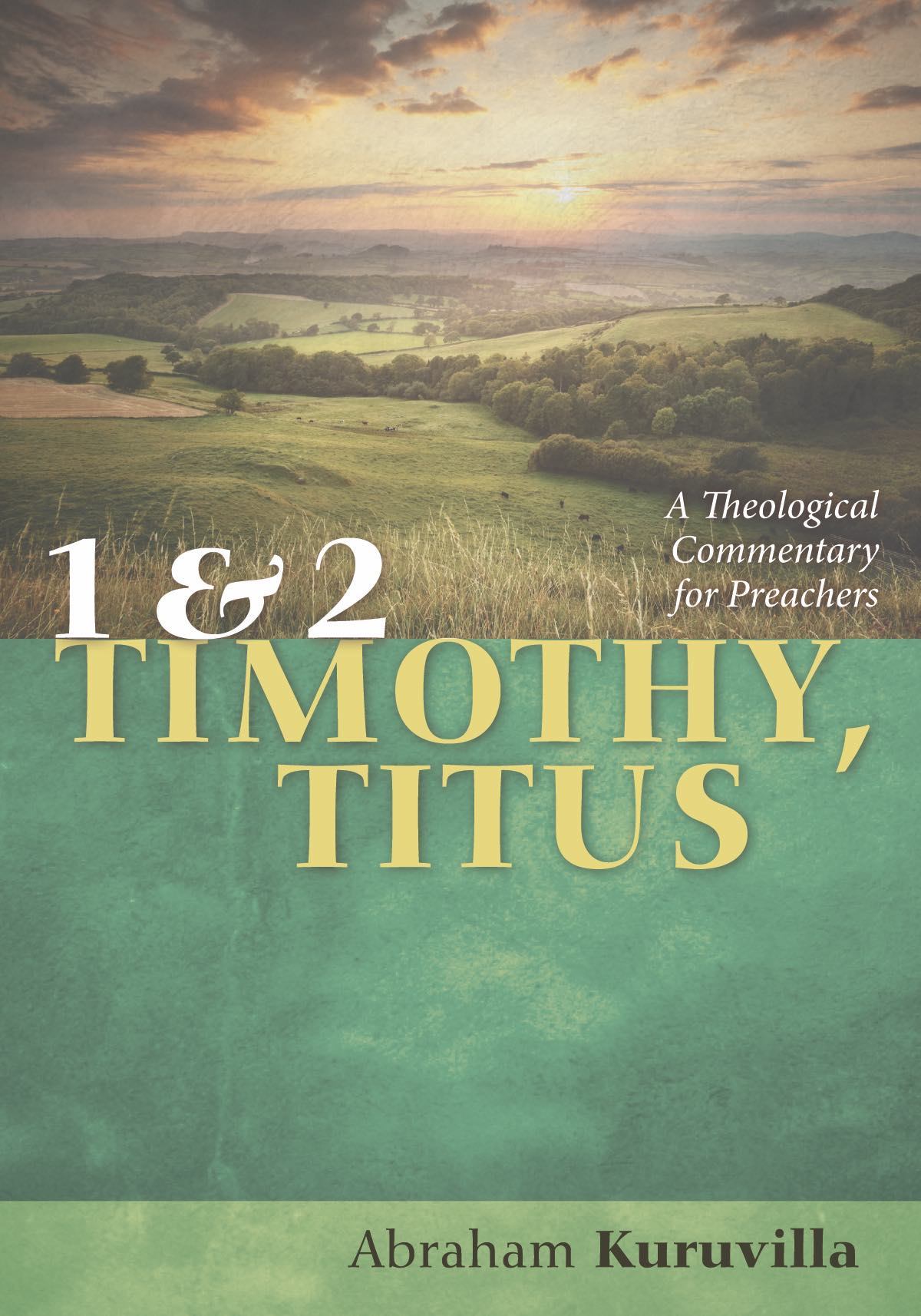
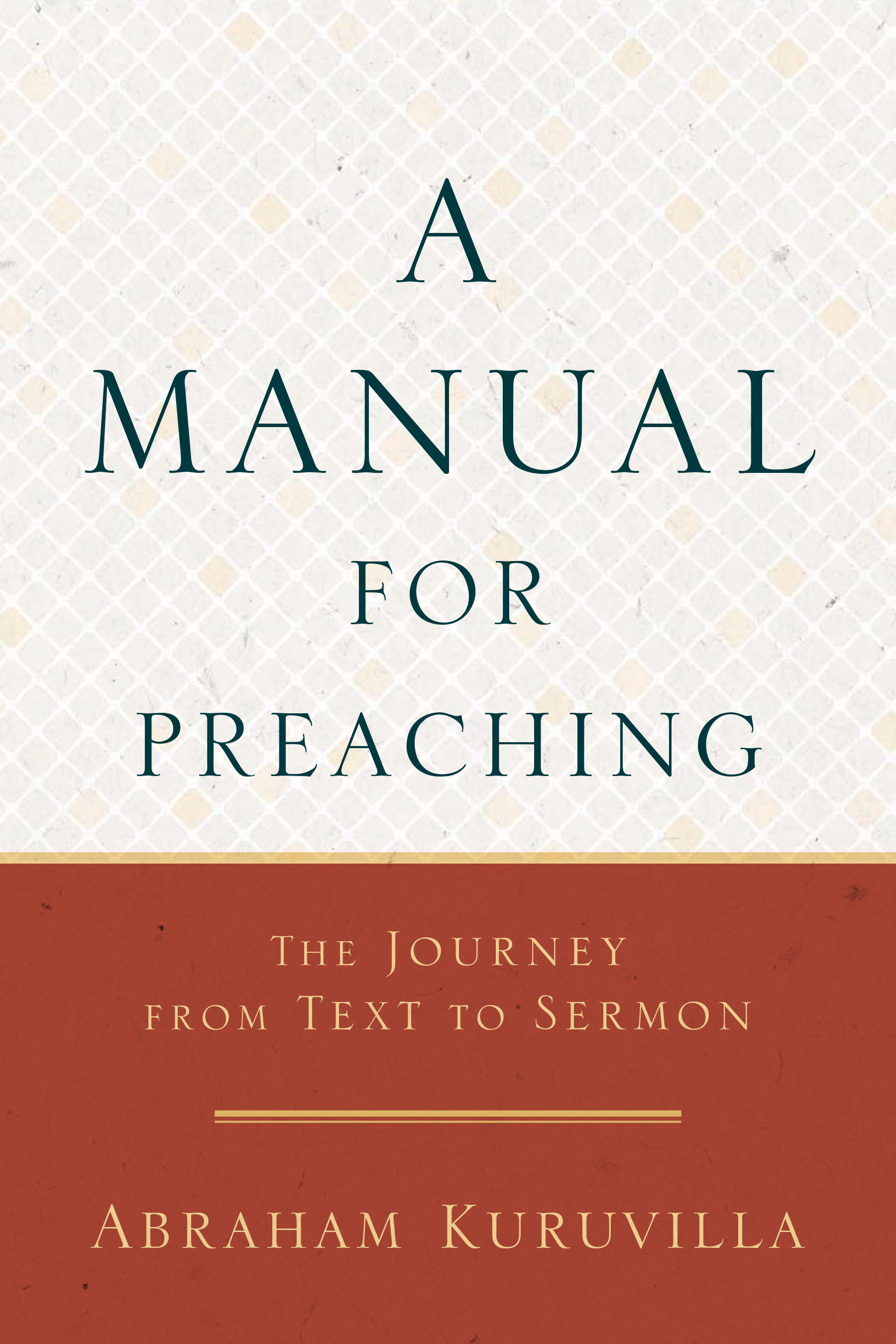

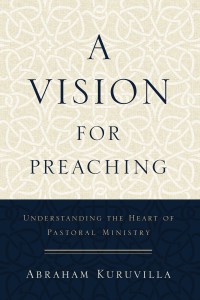





 Abe Kuruvilla is the Carl E. Bates Professor of Christian Preaching at The Southern Baptist Theological Seminary (Louisville, KY), and a dermatologist in private practice. His passion is to explore, explain, and exemplify preaching.
Abe Kuruvilla is the Carl E. Bates Professor of Christian Preaching at The Southern Baptist Theological Seminary (Louisville, KY), and a dermatologist in private practice. His passion is to explore, explain, and exemplify preaching.
2 Comments
Legacies of families, mentors, and what it means for successors- All tied to your visit to Agra- Wonderfully written; I really enjoyed reading it. My only visit to North India was exactly 9 years ago, and I can relate to the appeal of historic places that are free of the visitors’ clamor. I sensed that most in Humayun’s tomb in Delhi, where the structure bears a significant semblance to the Taj, but its grounds quiet, the place having the feel of ruins. Appreciate the way you weave genetics and history and travel writing and scripture all into one readable coherent article; look forward to more! All the best, c.a.
Thanks, Charles. All God’s blessings on you!